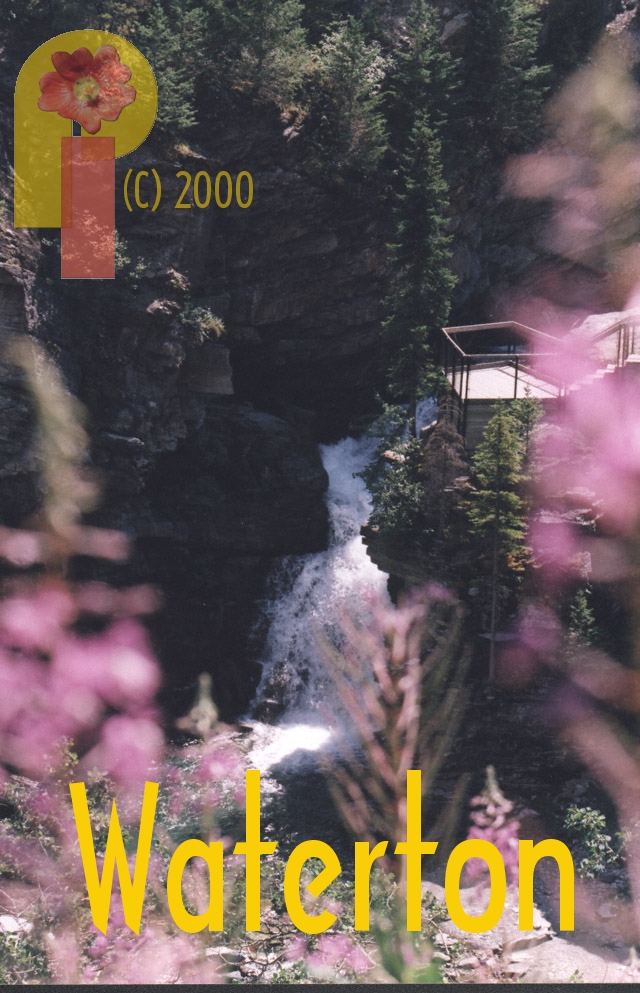Because of the Lewiston overthrust (where the mountains were forced eastward, sliding over the lowland prairie), at the southwestern point in Alberta, along the United States border, mountains meet prairie. This spectacle of unique landscape became a national park in 1895, Waterton Lakes National Park. Across the border is Montana’s Glacier National Park.
Strong cooperation between Canada and the United States protects the diverse environment of the parks that meet at the border. In 1932, the area was designated as Waterton-Glacier International Peace Park—the first international peace park in the world. In 1995, this international park area was designated a UNESCO World Heritage Site.
Few or no foothills rise gradually higher toward the mountains, unlike most parts of the Rocky Mountains. With a sharp transition from prairie to mountainous environments, Waterton-Glacier International Peace Park, although relatively small, has a combination of habitats ranging from prairie to alpine conditions. The flora is unique in that Waterton-Glacier has many plants that are typical of northwestern USA, as far south as California. Many of these plants reach the northeastern limit of their geographic range in, or near, Waterton. Here, there are some of the oldest rock of the Canadian Rocky mountains, the deepest lake in the Canadian Rockies (the upper Waterton Lake), and in addition to the unique flora is also the greatest diversity of Alberta wildlife (mule deer, bighorn sheep, moose, elk, bear, …) in the province. Mountain goats disappeared from parts of this region in the past, but are gradually returning. Find them at very high elevations. There are more than 200 bird species. The variety of birds reflects the variety of habitats. Prairie birds such as western meadowlarks (Sturnella neglecta) and savannah sparrows (Passerculus sandwichensis) occur on the grassland. At lower elevations in the mountains, one can find gray jays (Perisoreus canadensis), mountain chickadee (Poecile gambeli), and dark-eyed juncoes (Junco hyemalis). Watch for white-tailed ptarmigan (Lagopus leucurus) and American pipits (Anthus rubescens) in alpine habitats. At higher elevations in the subalpine forest, one can find hermit thrushes (Catharus guttatus) and Steller’s Jay (Cyanocitta stelleri).
This is an environment that brings a sense of peace: a panoramic view of colourful scenic sights, majestic mountains, cool glacial streams, therapeutic nature sounds, glacial fresh mountain air, evergreen pine scent, friendly relaxed tourists, abundant hiking trails.

Blakiston Falls photo taken August 2000. Common fireweed (Epilobium angustifolium) was blooming everywhere along the Blackiston Falls trail.



